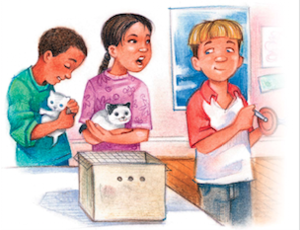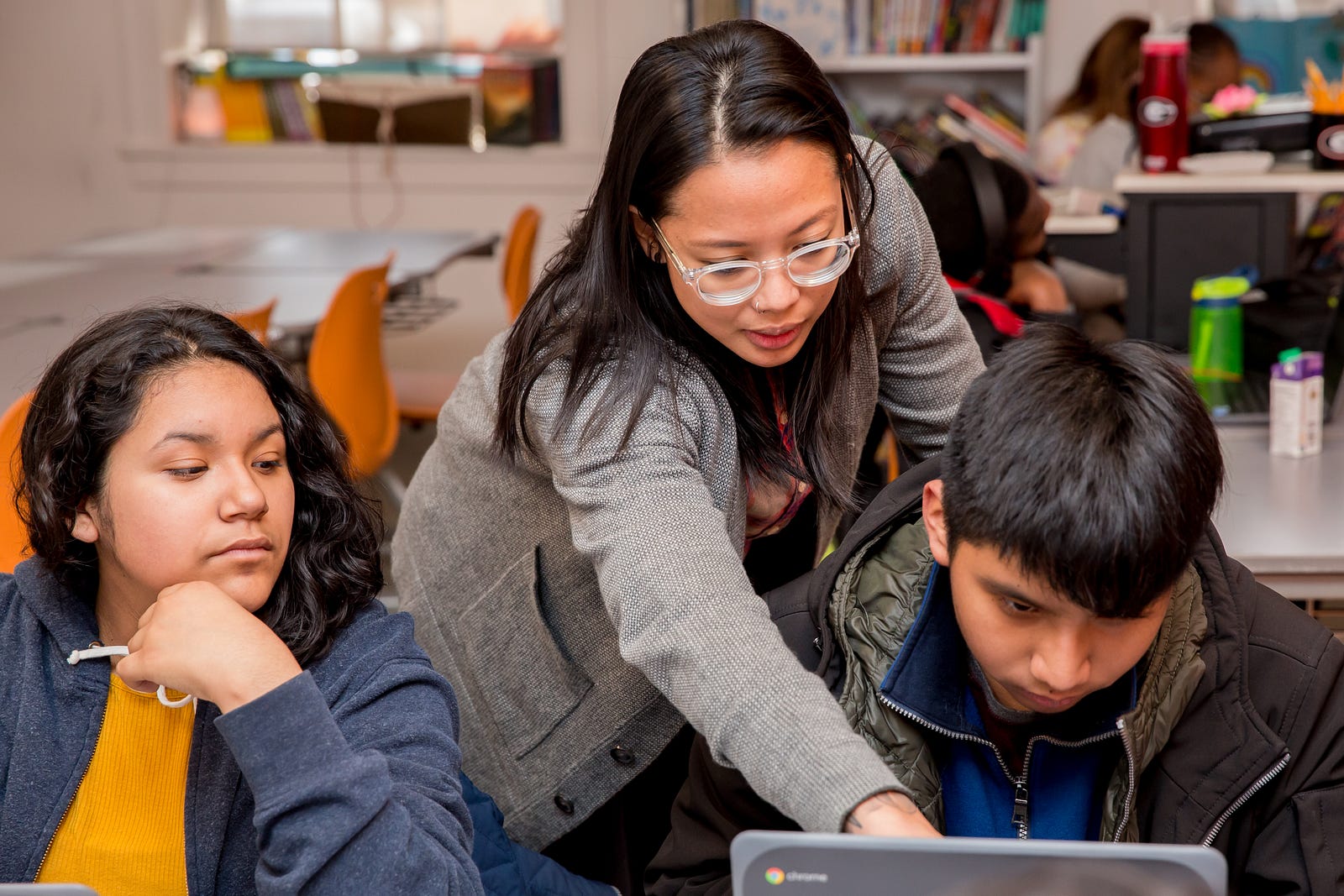Our team put together this list of CommonLit reading passages that focus on community and friendship.
When I was teaching, I loved the opportunity to put literature in front of my students that emphasized community, friendship, and caring for others.
Here are 10 great texts from various grade levels that focus on the importance of friendship and kindness.

3rd-4th Grade:
“Jasmine Girl” by Jey Manokaran
In this short story, a girl works hard to make enough money to buy a doll. After reaching her goal, she is forced to choose between buying the doll or helping out her friend, who needs the money for her sick brother. She chooses the latter and is later rewarded for her decision.
While reading the text, ask your students to take notes on the girls’ friendship. Have your students describe a time when they did something nice for their best friend.

“Jared to the Rescue” by Carole Duncan Buckman
This short story describes how a boy, Jared, helps a classmate, Jessica, on the first day of second grade. Jared and Jessica’s dislike for each other disappears after Jared rescues Jessica’s kittens.
While teaching this text, show your students the video, “Kids Explain How They Became Best Friends” and ask them to identify the friendship most like Jared and Jessica’s.
5th-6th Grade
“Funeral” by Ralph Fletcher
Ralph Fletcher is an American writer known for his children’s picture books, adult fiction, and poetry. In this excerpt from his memoir, the author’s friends stage his “funeral” before he moves to a new town.
After reading, share Bill Withers’ “Lean on Me” with your students. Discuss if the definition of friendship in this song relates to the kind of friendship the boys share in the story.
“I am Offering This Poem” by Jimmy Santiago Baca
In this poem, a speaker offers everything they can to a person they love. Have your students consider the importance of love and how powerful expressing care can be.
“Soccer Speaks Many Languages” by Dianna Greers
This is an article about Innocent Ndayizeye, a young refugee who builds friendships across cultures through a communal love of playing soccer. Even when there are cultural and language barriers in Innocent’s new home, he was able to connect over soccer.

7th-8th Grade
“This is Not a Small Voice” by Sonia Sanchez
In this poem, the speaker emphasizes the importance and strength of collective voice.
“Amigo Brothers” by Piri Thomas
In this short story, two best friends become competitors when they must fight each other in a boxing match. While reading, ask your students to take notes on what the two friends feel after they find out they will be fighting each other.
“Gate A-4” by Naomi Shihab Nye
The speaker in this poem connects with a stranger in an airport over speaking Arabic.
After reading the poem once with your students, have them consider the following Discussion Question: Think of a community that you are currently a part of or have been a part of. What brought you together and created a connection between you? Do members of a community need to be similar in some way for the community to stay together, or can differences improve a community?

9th-10th Grade
“Inside Out” by Francisco Jiménez
Francisco tells the story of his first months at school and how challenging it was to not speak English. Francisco feels different and is left out because he cannot communicate with his teacher or classmates. This story emphasizes the importance of building community and making new classmates feel comfortable and heard.
11th-12th Grade
“‘Three Types of Friendship’ — Excerpt from the Nicomachean Ethics” by Aristotle
Aristotle (385 BCE — 322 BCE) was an ancient Greek philosopher and scientist. Some of Aristotle’s best-known works on ethics can be found in his book Nicomachean Ethics, which was published in approximately 340 BCE. In this excerpt from his book, Aristotle defines three types of friendship.
Ask your students to define what a “friend” is in the context of the text. Follow this question by asking your students if they agree with how Aristotle defines a perfect friendship and if it’s acceptable to have friendships of varying quality.
Next Steps
Looking for more great texts to share with your students? Check out our CommonLit library!
If you’re interested in learning all about CommonLit’s free digital literacy program, join one of our upcoming webinars!


